Maleficent: Mistress of Evil gives away too much of the plotline in its title. Ironically, it also goes against the very tropes the first film worked against; that of the tyrannical female villain, exuding evil and drunk on power.
With the first film ending on such a high note in its subtle yet powerful stance against the entire farcical narrative of a sleeping princess and a rescuing prince, was there really a need for a sequel? More importantly, will it do justice to the first?
1. Article summary
The cloud of happily ever after left behind by Disney’s Maleficent (2017) as it surpassed all expectations at the box office is long gone. In its place lies a tombstone to mark the grave of its almost sickly sequel, a re-imagination of the age-old tale, Sleeping Beauty.
The first film, released in 2014, proved to be an exceptionally refreshing rethink of Charles Perrault’s Sleeping Beauty.
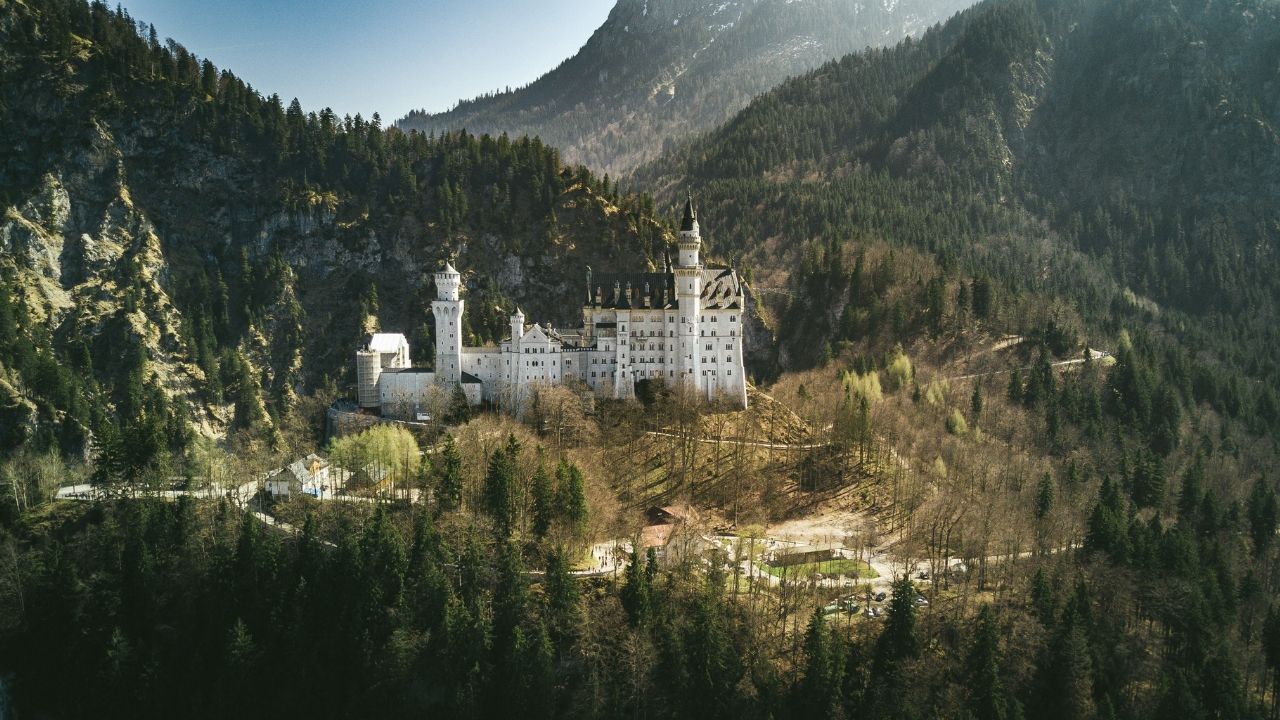
It showcased the intricacies of characters and how intelligence could overturn centuries of oppressive patriarchal ideas about women. The revisionist retelling of the tale ensured prominent character development for Jolie’s role in not being naturally spiteful or evil but choosing to use her power for vengeance.
The character of Maleficent herself is undoubtedly the first film’s greatest special effect with a set of cheekbones that are very dramatic and brazen and a pair of almost-glowing horns and capacious wings for effect.
Maleficent’s storyline was especially prominent for the shift in the narrative weight from the relationship between a sleeping princess’ and a rescuing prince’s, to that between the princess and her fairy godmother in mainstream Hollywood and Disney.
2. Is it worth watching?
In the second film entitled Mistress of Evil, Maleficent remains the only reason to watch the film. With the shift in direction from Robert Stromberg to Joachim Roenning came the sequel’s problems; little to no character development and a disappearing plotline.
The very title of the second film suggests that, contrary to what we had learned, Maleficent was indeed inherently evil, presumably a gambit meant to keep viewers guessing.
Painfully generic from start to finish, Jolie’s magnetism, Ingris’ badassery, and a lot of special effects are the only reasons Maleficent’s sequel made quite a bit of mint at the box office.
I. Plot
The plot of the first film follows Angelina Jolie in the role of Maleficent and her relationship with her daughter Aurora (played by Elle Fanning).
The film also shows tragedy clinging to the character of Maleficent, painting a different picture from that of the evil character portrayed to be in the original Disney retelling of the tale.
The audience sees Maleficent break the curse she had placed on Aurora herself by the end of the first film, being the one to kiss her to wake her up. In the sequel to this hugely popular film, the thread of the story is picked up five years later to see that Aurora has been ruling the kingdom post her father’s demise. Aurora accepts Prince Phillip’s (played by Harris Dickinson) proposal, but Maleficent is stubbornly unimpressed by him and his family.
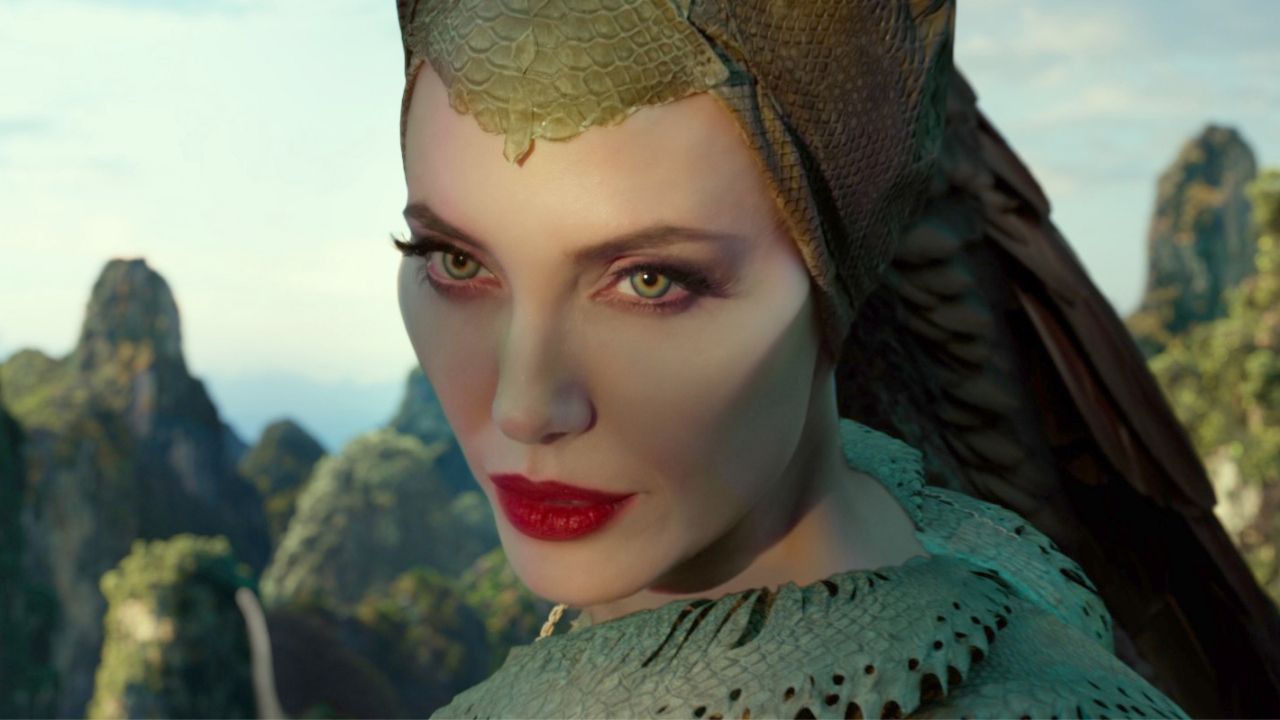
With tension brewing between the in-laws, as well as Queen Ingris’ (played by Michelle Pfeiffer) shocking plans for Maleficent’s home in the Moors, Aurora struggles to quell a brewing storm and maintain peace in her kingdom.
The plot also allows Maleficent to discover more people of her “kind”- skinny women with long wings and war paint- in an expansive underground land previously unknown to her, filled with wondrous caves called the land of the Dark Fey.
II. Cast
This film sees a largely star-studded cast. All of the main cast of the first film returned for the filming of its sequel. Angelina Jolie as Maleficent, Elle Fanning as Aurora and Harris Dickinson as Prince Phillip are joined by Michelle Pfeiffer in the role of Queen Ingrith, Robert Linsay as King John, Ed Skrein in the role of Borra and Jenn Murray as Gerda
Norwegian film director Joachim Ronning of Beatles and Pirates of the Caribbean: Salazar’s Revenge fame spearheaded this film, nominated for nine awards around the world, and winning the award for Excellence in Sci-Fi and Fantasy.
III. Music
While the first film saw a dark cover of Disney’s original classic Once Upon A Dream by Lana Del Ray, the score for this film held American pop artist Bebe Rexha’s new single You Can’t Stop The Girl.
The trailer includes a unique song entitled Season of the Witch sung by up and coming British singer-songwriter Molly.
3. Final Thoughts
Considering that the primary target audience for this film was little kids, it could use a bit more subtlety in, well, just about everything ranging from its dialogues on intolerance to darkness and evil.
While the first film saw its lead character’s wings being disturbingly ripped, the entire genocidal plot of the second film to murder all fairy creatures is inherently much more horrific and should probably not be available for some little kids to view.
While employing several of the usual, cliched tropes, the first film cleverly dodged, Mistress of Evil proves to be a return that saunters past Disney’s usual happily ever after pantomime to elucidate the fine line between being a hero and a villain.
What makes the film even more dispiriting is that it un-spooled the thread of a fairy tale centered carefully around female solidarity for the sake of a war movie.
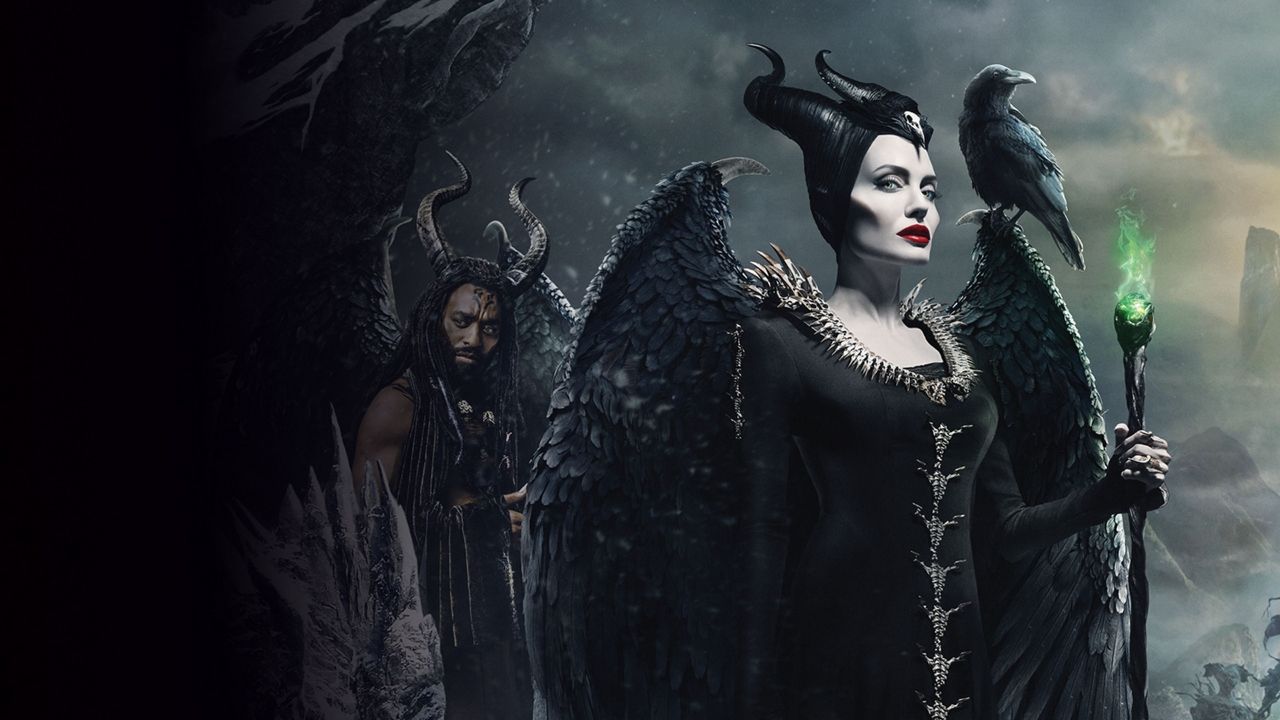
Almost as though to show the outcome of a woman-empowered, gynocentric world, Pfeiffer’s role as the vicious, malevolent queen reinforces the very stereotype the first film did its best to reject.
It is also important to note that throughout history, all forms of literature and media have been complicit with the scapegoating of female villain and the creation of social and cultural anxieties about men, women, and power.
While the first film succeeds in pushing away this inherently misogynistic, heteronormative and problematic stereotype by creating a character who was both a hero and a villain, climaxing to be neither.
Much like Frozen, the original Maleficent sees a shift in the normative narration of that time, with Maleficent being the one to kiss Aurora back to life. The sequel, however, proves to be a caramel apple-d invitation to fall asleep.





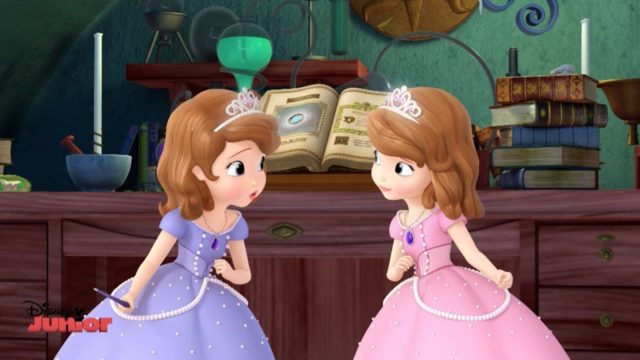


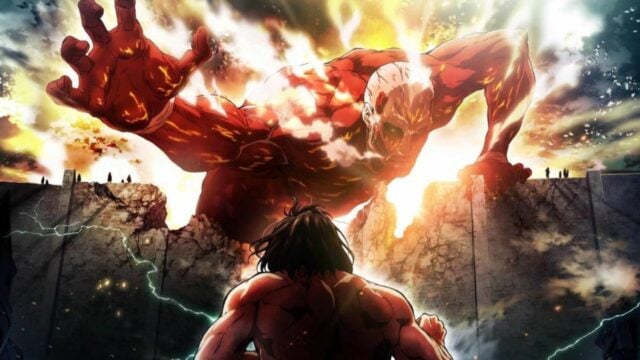
No Comments on Is ‘Maleficent: Mistress of Evil’ Worth Watching? Is It Good?